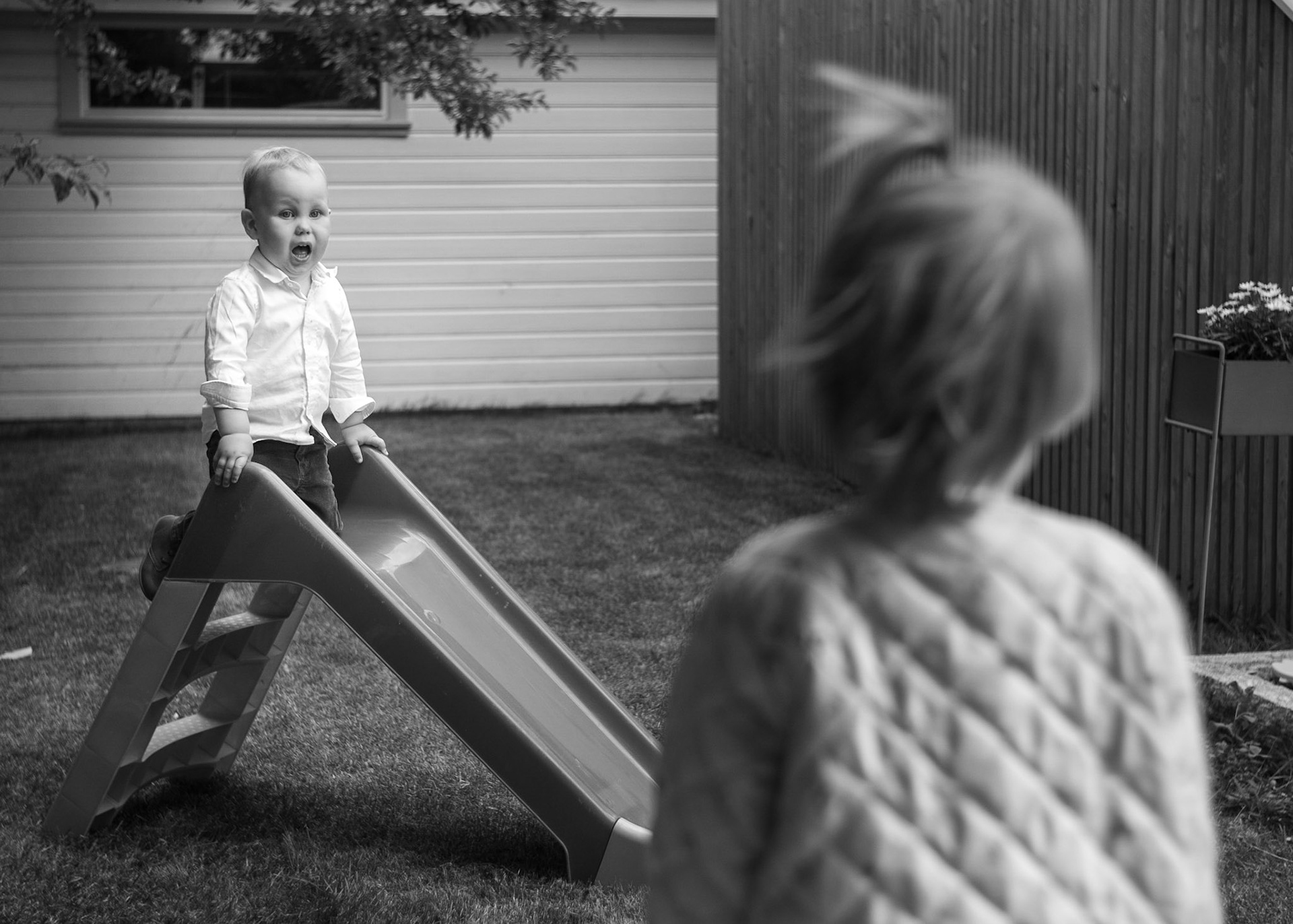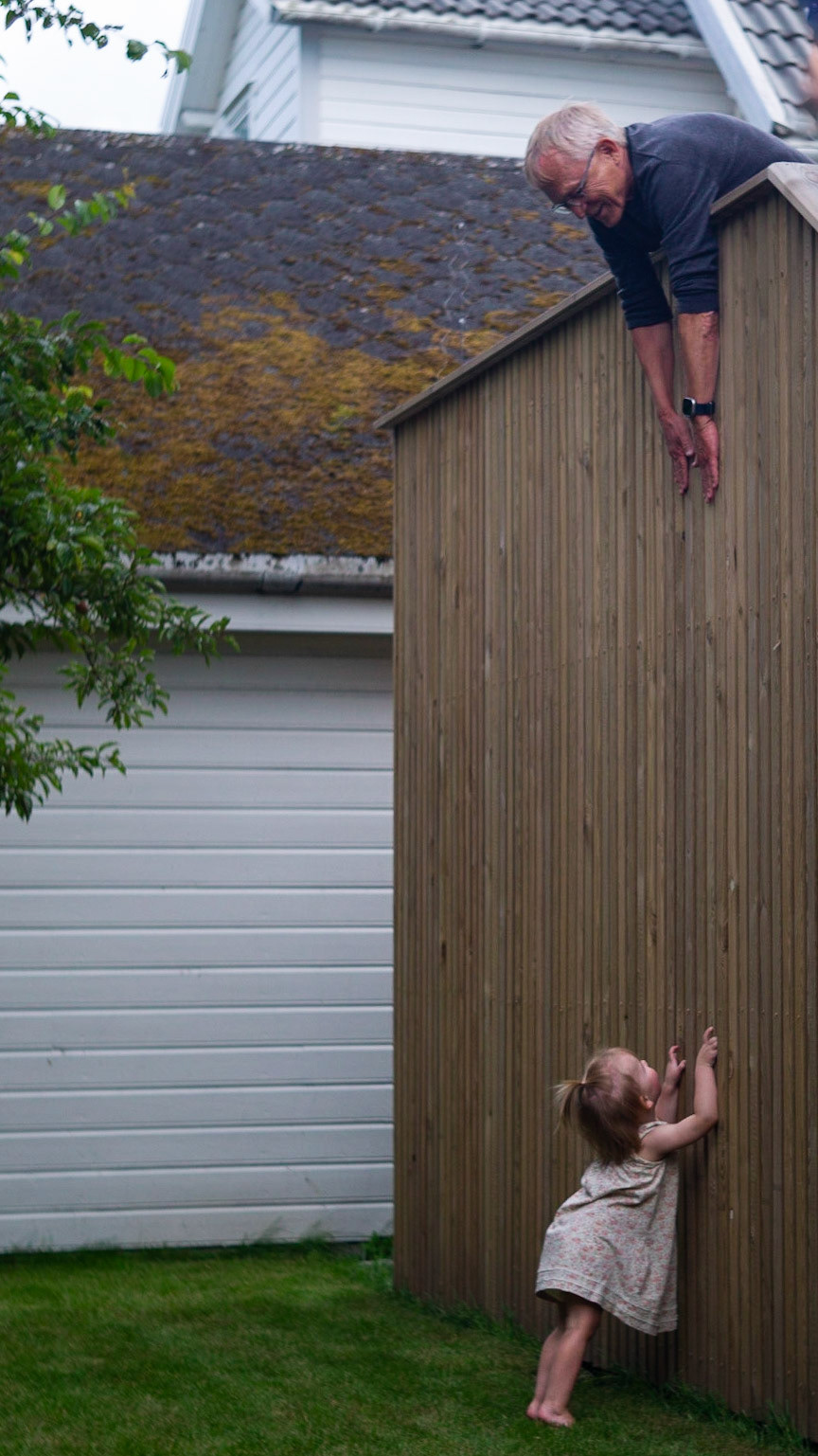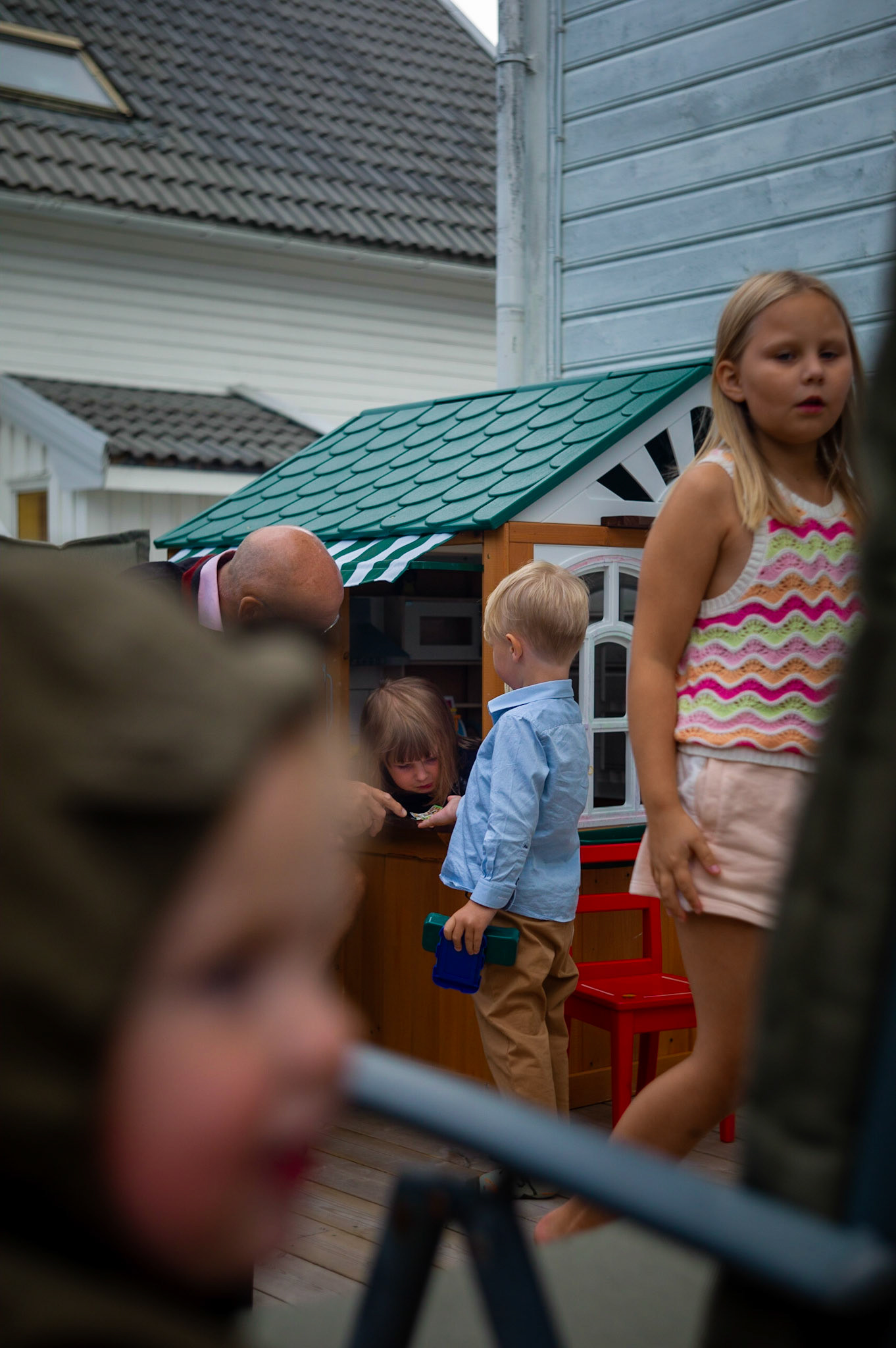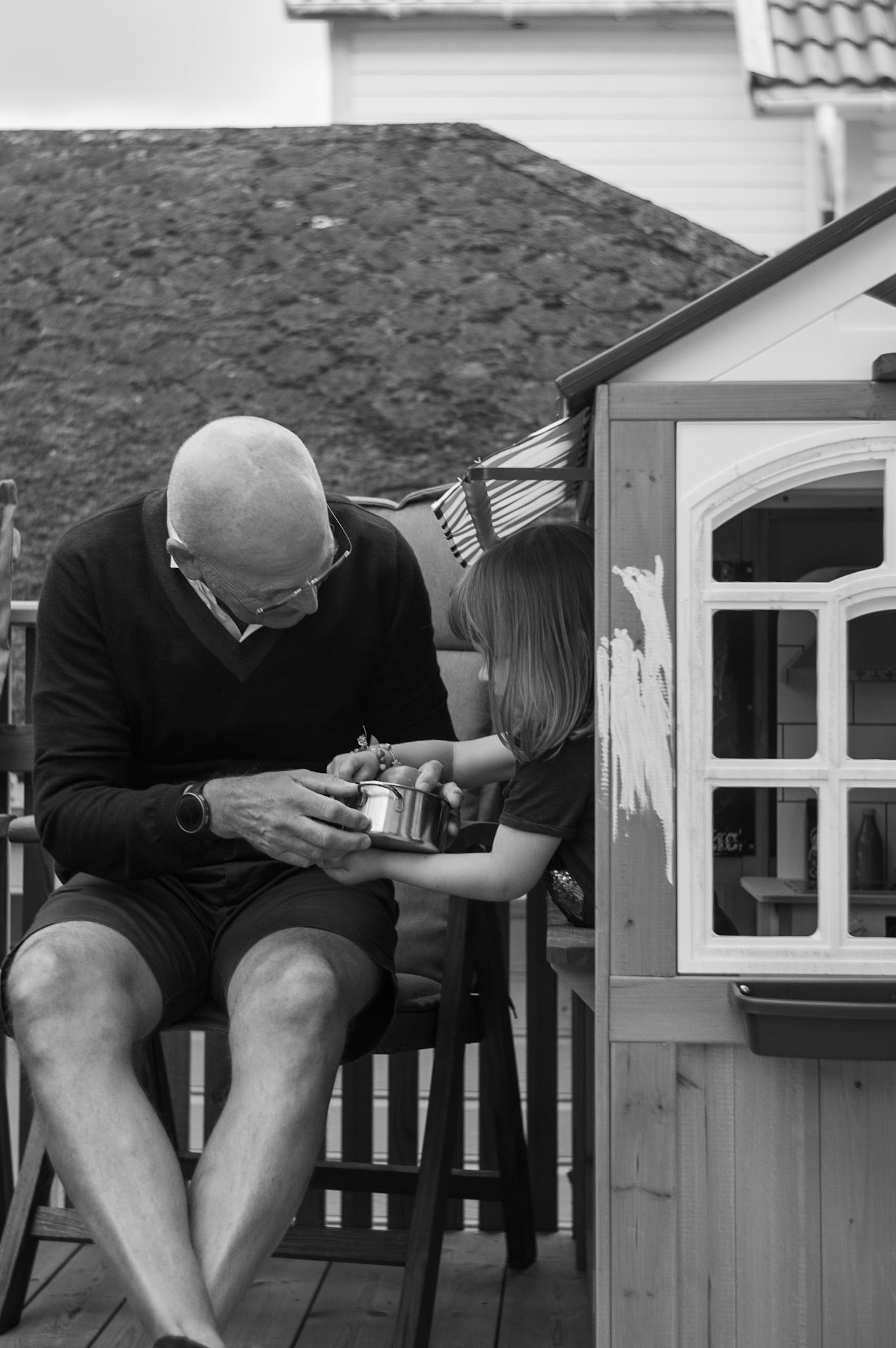












The Summitar is a historic lens designed for Leica cameras. It was first introduced by Ernst Leitz GmbH in 1939 as a replacement for the Summar lens. The Summitar is a fast and high-quality lens that gained popularity among photographers during its time and continues to be sought after by collectors and enthusiasts today. Key features of the Summitar lens: Design: The Summitar is a classic double Gauss lens design, featuring six elements in four groups. It was constructed to provide excellent optical performance and sharpness. Aperture: The lens features a maximum aperture of f/2, making it quite fast for its time. The wide aperture allows for better low-light performance and the ability to create a shallow depth of field for artistic effects. Coating: The original Summitar lenses were not coated, which could lead to issues like lens flare and reduced contrast. However, in later versions, Leitz introduced single-coated elements to improve image quality. Focusing: The lens has a smooth manual focus ring, allowing precise focusing control. The focus throw is relatively long, which can be advantageous for achieving accurate focus. Image Quality: The Summitar is known for its excellent image quality, producing sharp and well-defined images with pleasing bokeh (out-of-focus blur) when shooting at wider apertures. Production: The production of Summitar lenses spanned from 1939 to the early 1950s. During this time, several modifications and improvements were made to the lens design. The Summitar lens holds historical significance as it was produced during a critical period when Leica cameras were transitioning from screw-mount to bayonet-mount lenses. Later iterations of this lens were made to fit both screw-mount and bayonet-mount Leica cameras. For photographers and collectors, the Summitar lens is a prized possession, both for its optical performance and its historical value. It represents a significant era in the development of Leica lenses and the brand's commitment to precision and craftsmanship. As with any vintage lens, it is essential to ensure the lens is in good condition and properly maintained to get the best results in modern photography. My copy of this lens was produced 1939.












